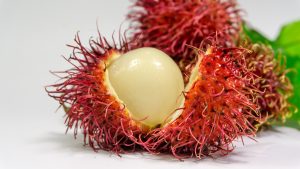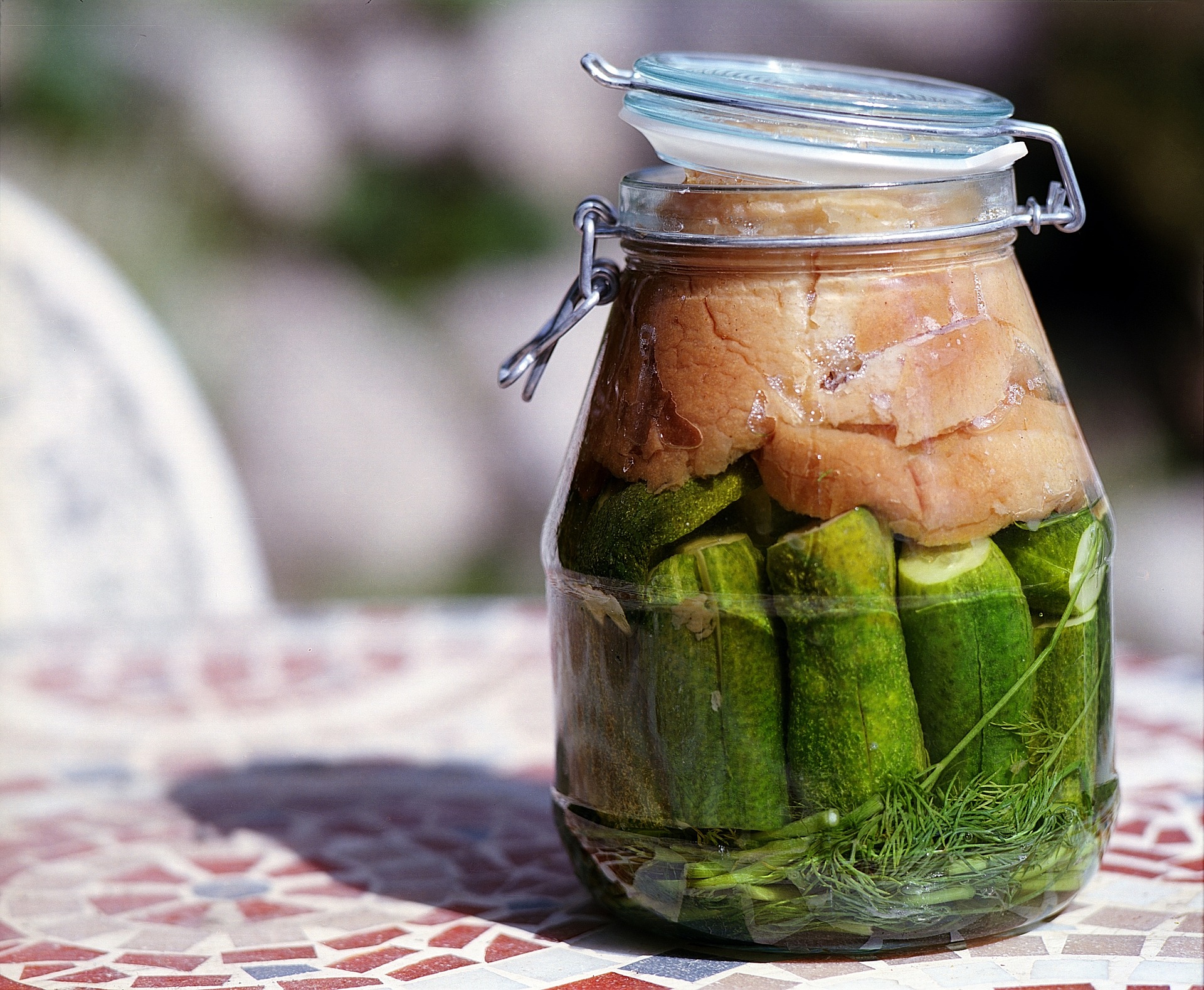
Exploring the Rich Tapestry of Fermented Foods
Fermentation, a timeless culinary technique, has been an integral part of human food culture for centuries. This process involves the transformation of raw ingredients through the action of microorganisms like bacteria, yeast, and molds. The result is not only a preservation method but also a remarkable enhancement of flavors, textures, and nutritional profiles. Let’s delve into the diverse world of fermented foods, exploring the myriad types that have stood the test of time.
1. Sauerkraut: A Tangy Cabbage Delight
Sauerkraut, a staple in Eastern European cuisine, is a fermented cabbage dish that undergoes lactic acid fermentation. Finely shredded cabbage is mixed with salt, promoting the growth of lactic acid bacteria. Over time, sugars in the cabbage is converted into lactic acid by these bacteria, imparting a distinct tangy flavor. Sauerkraut is not only rich in probiotics but also loaded with vitamins and minerals, making it a nutritional powerhouse.
2. Kimchi: Korea’s Spicy Fermented Gem
Kimchi, the iconic dish of Korean cuisine, is a medley of fermented vegetables, usually featuring napa cabbage and Korean radishes. The vegetables are seasoned with a blend of garlic, ginger, chili peppers, and other spices. The mixture ferments over weeks, resulting in a dish with a unique combination of spiciness, umami, and crunch. Kimchi is not only a flavorful side dish but also renowned for its probiotic content, contributing to gut health.
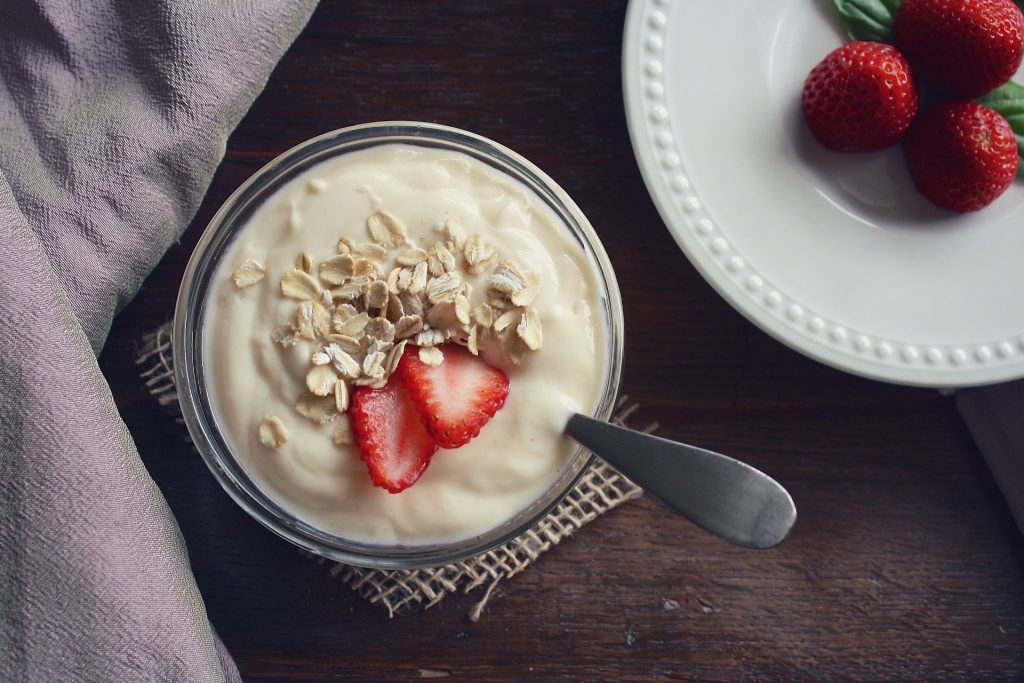
3. Yogurt: The Creamy Cultured Classic
Yogurt, a beloved fermented dairy product, is created by introducing live bacteria, typically Lactobacillus bulgaricus and Streptococcus thermophilus, to milk. The lactose in the milk is fermented into lactic acid by these bacteria, thickening the texture and imparting a tangy taste. Beyond its delightful flavor and creamy consistency, yogurt is celebrated for its probiotic content, promoting digestive health and providing a rich source of calcium and protein.

4. Kombucha: The Fizzy Elixir
Kombucha, a trendy and effervescent beverage, is made by fermenting sweetened tea with a symbiotic culture of bacteria and yeast (SCOBY). the sugar is consumed by the SCOBY and produces a slightly carbonated, tangy drink. Kombucha is praised for its potential health benefits, including probiotics, antioxidants, and the promotion of gut health. Its versatility extends to various flavor infusions, from fruity to herbal, offering a beverage that appeals to a broad palate.

5. Miso: Japan’s Flavorful Fermented Paste
Miso, a traditional Japanese seasoning, is a fermented paste created by inoculating soybeans or grains with koji mold and salt. The mixture undergoes fermentation for months or even years, resulting in a versatile and savory paste. Miso comes in various colors and flavors, ranging from sweet and mild to rich and robust. Widely used in soups, marinades, and dressings, miso adds depth and complexity to dishes while providing probiotics and essential nutrients.
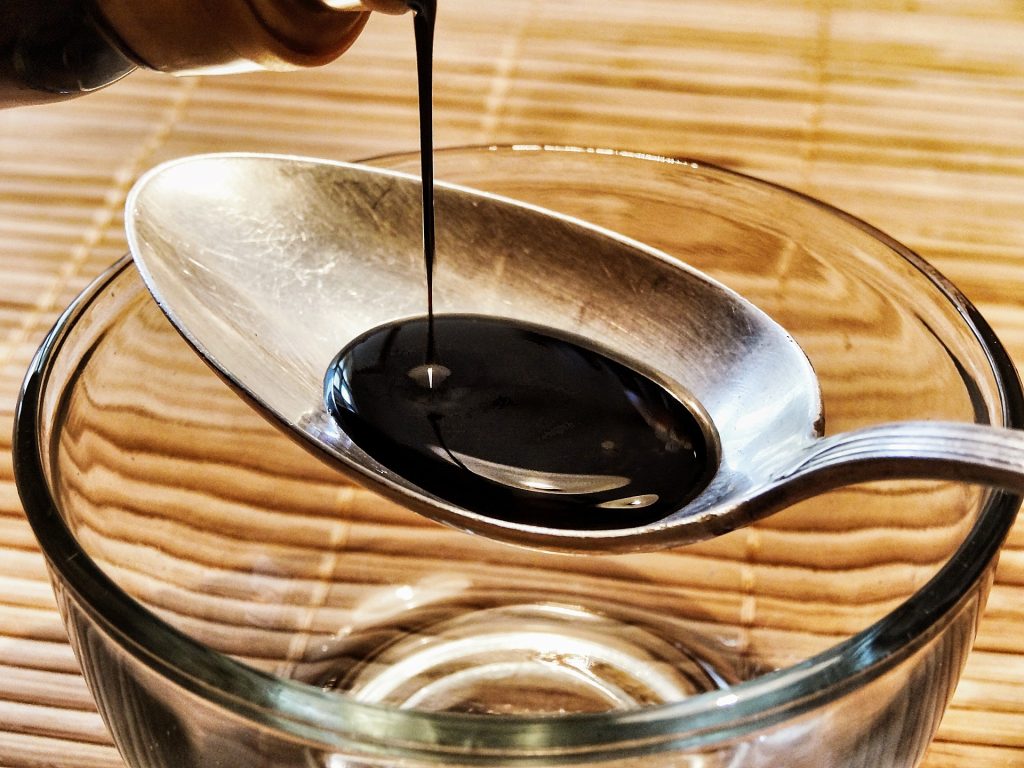
6. Fermented Soy Sauce: Umami in a Bottle
Soy sauce, a cornerstone of Asian cuisine, is a liquid condiment made from soybeans, wheat, salt, and the action of fermenting microorganisms. Cultivating a mold is involved in the brewing process, Aspergillus oryzae, which breaks down the complex compounds in the mixture. The resulting liquid undergoes further fermentation with bacteria and yeast, leading to the development of its rich and complex flavor profile. Soy sauce not only enhances the taste of dishes but also offers a source of umami, the fifth basic taste.
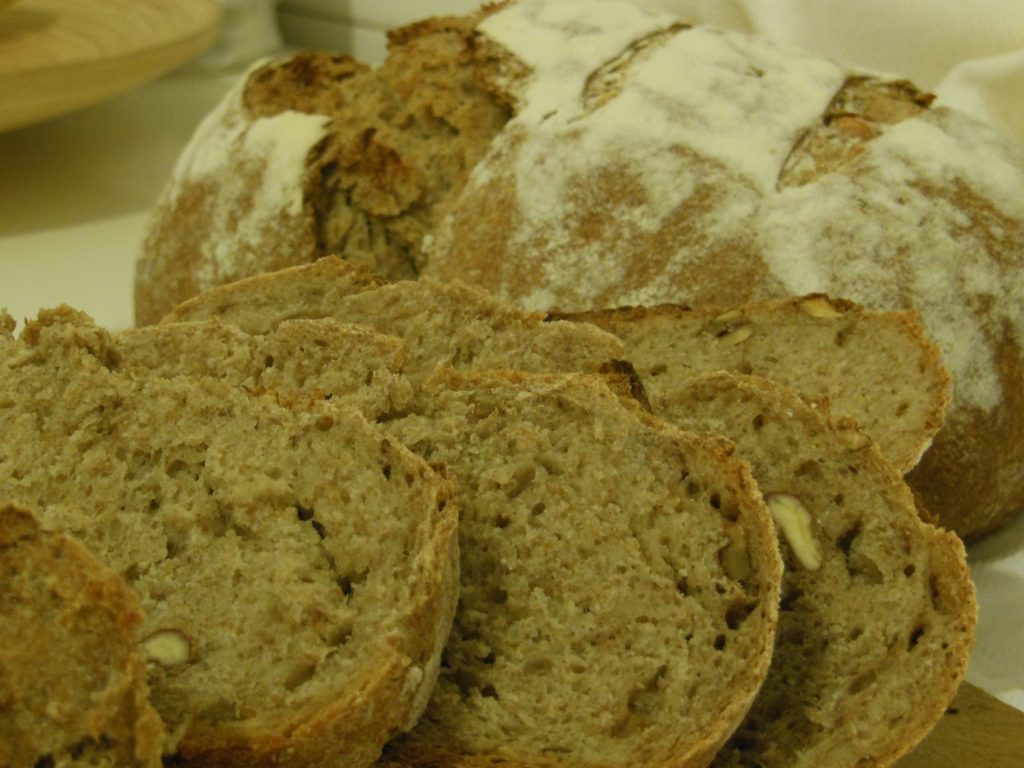
7. Sourdough Bread: A Time-Honored Tradition
Sourdough bread, cherished for its distinct tangy flavor and chewy texture, is crafted through the fermentation of dough using wild yeast and lactic acid bacteria. The unique taste and texture of the bread are contributed by the natural fermentation process, often relying on a sourdough starter. Beyond its delightful sensory attributes, sourdough bread is recognized for improved digestibility and potential health benefits associated with the fermentation of gluten.
Conclusion: A Feast for the Senses and the Microbiome
Fermented foods offer a rich tapestry of flavors, textures, and nutritional benefits. From the tangy sauerkraut to the spicy kick of kimchi, these foods have not only stood the test of time but also continue to captivate modern palates. The art of fermentation not only transforms raw ingredients into culinary delights but also contributes to the well-being of our gut microbiome. Embracing the variety and history of fermented foods allows us to savor the past while nourishing our bodies in the present.






